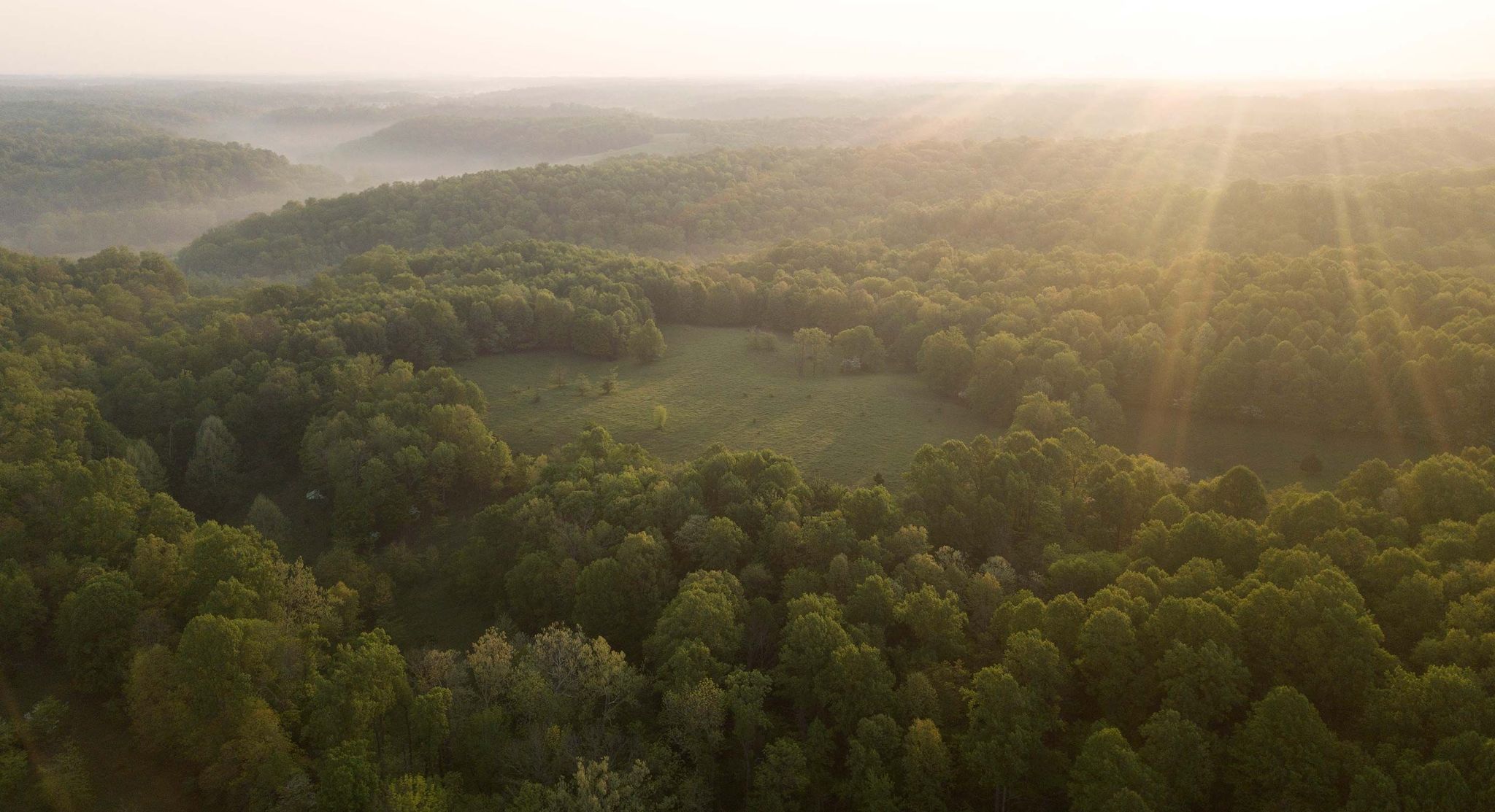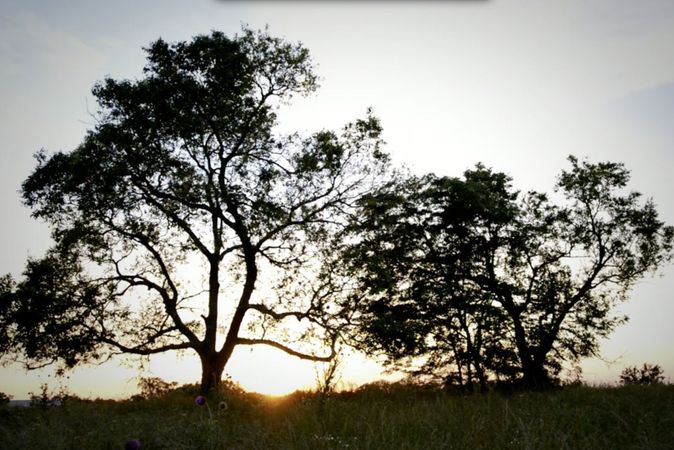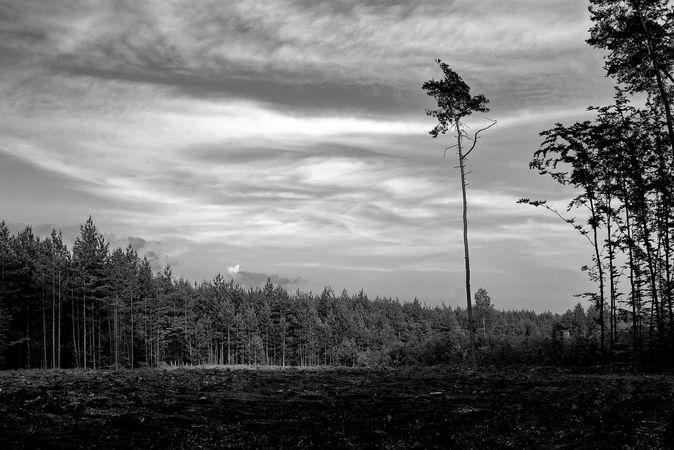Bigger produce, prettier flowers and healthy, vigorous plants can come at no extra cost to you. Composting not only reduces waste that is filling up landfills, but it also improves your garden’s soil. It’s as simple as separating the organic waste in your home into a separate space.
Setting Up
Choose an outdoor space for your compost. Sunny areas will help the soil develop faster as long as you remember to water it often. Don’t like the looks of a compost pile? No worries. A compost bin works just as well. You can buy one at any garden centers or make one yourself. A good compost bin is three feet in diameter and no taller than five feet. Start your pile or place your bin in an area that is well-drained. You want excess water to drain away rather than sit.
Collect Scraps
Next, collect scraps from your kitchen. Try to aim for equal amounts of “brown” waste (wood shavings, dry leaves, etc) and “green” waste (fruits, vegetables, etc) in order to keep your compost healthy. “Brown” waste is rich in carbon which helps feed the organisms that break down the compost. “Green” waste supplies nitrogen which is crucial for building the cell structure of your new soil.
What To Compost:
- Leaves
- Grass clippings
- Eggshells
- Fruit peels
- Coffee grounds and filters
- Sawdust and wood shavings
- Vegetable peels and scraps
- Flowers
- Dryer lint (only from cotton and wool fibers)
- Feathers
- Hair
- Dog food (best if it’s not a meat based dog food)
What NOT To Compost:
- Meats
- Bones
- Colored paper
- Ashes
- Non-biodegradable materials
- Dairy products
Remember a Few Chores
Taking care of your compost takes a little bit of time but will make all the difference. About once a week turn your mixture with a shovel or garden fork. Over the next few weeks, you should start to see your food scraps turn into soil. If you’re not seeing much progress, add more “green” waste and be sure you are watering your pile regularly. If you’re noticing an unpleasant smell, add more “brown” waste and turn the pile more frequently. Be sure to break up any large materials, such as tree branches, to keep the air flowing.
Use Your New Soil As Fertilizer
Your compost is ready when it’s dark, crumbly and smells like new soil. This can be as little as three months or as long as a year depending on your pile size. Incorporate it into your garden beds or sprinkle it on top of existing garden soil. It’s important to note that compost is not a replacement for your regular soil, rather acts a fertilizer to nurture your plants and soil.







